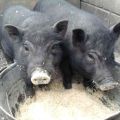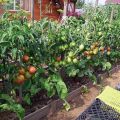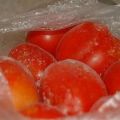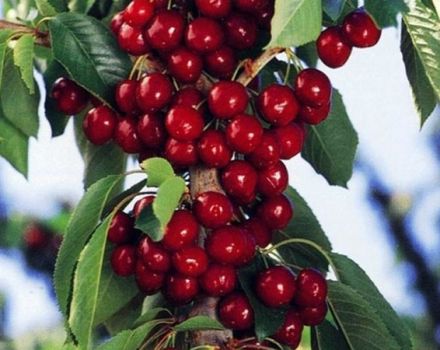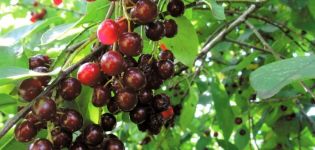How to give pigs tomato tops and is it possible to do it
Pigs are omnivores with good appetite, gaining weight quickly when properly fed. Breeders of meat breeds with their own garden area ask themselves: are all plants suitable for feeding? For example, is it possible to feed pigs with tomato tops? There is no definite answer to this question, since the addition of Solanaceae to the diet requires caution and experience so that there is no death of livestock.
Can pigs be given tomatoes?
Animal feed recipes depend on age and purpose. In a month, piglets are weaned from the uterus and transferred to feed, which should be dominated by protein, which contributes to rapid weight gain. For digestion and vitamin support, boiled vegetables are added to the feed.
With age, the proportion of protein products increases, boiled vegetables are replaced with raw ones, with the exception of potatoes. If a pig breeder has a tomato plantation grown in open or closed ground, then the question arises about the possibility of giving the animals tops and tomatoes.
The vegetable culture belongs to the Solanaceae family. The leaves and stems of tomatoes contain a vegetable glycoside - solanine. The alkaloid protects the plant from being eaten by animals, since in large doses it causes poisoning, even fatal.
Ripe fruits lack solanine. In green tomatoes, the percentage of alkaloid depends on the degree of maturity: the more immature, the higher. Piglets under 3 months old and sows are not fed with tomatoes in any form and their ground part.
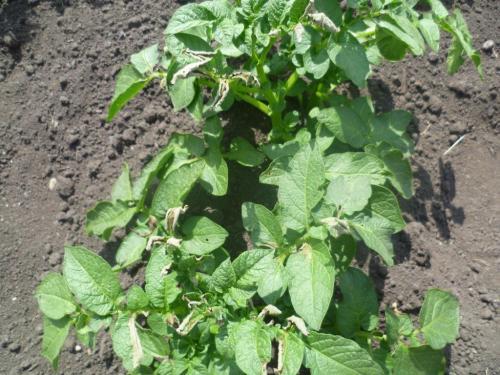
Advantages and disadvantages
In terms of composition, tomatoes are 90% water. They lack the fiber and protein needed when feeding pigs to gain weight quickly. Tomatoes are low-calorie foods. They are not champions in nutrient content, but they are high in potassium, vitamins A and C.
Potassium affects kidney function. Given that pigs consume a large amount of water, the introduction of tomatoes into complementary foods will favor the work of the excretory system of the animals.
Tomatoes, both ripe and unripe, can be used to improve the palatability of forage such as turf, potato peelings, making them better to eat.
Diet introduction rules
It is recommended to add tops in the diet of animals in small quantities, mixed with other herbal supplements. The specific smell of fresh leaves and stems reduces the appetite of animals. Dried plants used as a vitamin supplement are more readily eaten.
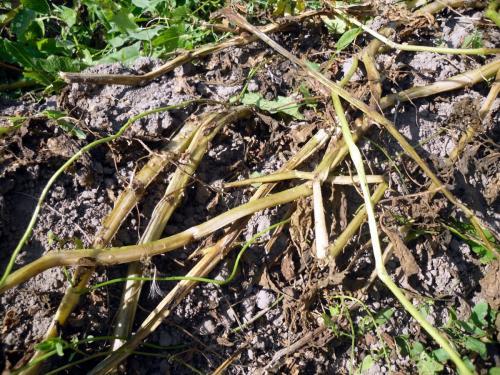
After being harvested at the end of the season, the above ground portions can be ensiled and fed during the winter.Dry oat chaff is added to freshly torn bushes with high humidity (at least 5% of the total amount of silage). When laying the mixture, sprinkle with sour skim milk (for better fermentation) at the rate of 0.5 liters per 100 kilograms. When feeding, ensiling, do not use plant parts affected by mold, late blight, rotten, wilted earlier.
To remove solanine from green tomatoes, it is enough to soak them in salt water for 3-4 hours, changing the water 2 times. A similar result will be obtained if the fruits are boiled for 5-7 minutes. To avoid diarrhea in animals, tomatoes are introduced into complementary foods in small portions, ranging from 100-200 grams per head. The maximum amount of fruit depends on the weight of the pig, but should not exceed 2 kilograms.
Silage based on tomato stems and leaves begins to produce at a rate of 0.5 kilograms per animal. The daily volume of tomato silage in excess of 10 kilograms can lead to poisoning and death of livestock.

